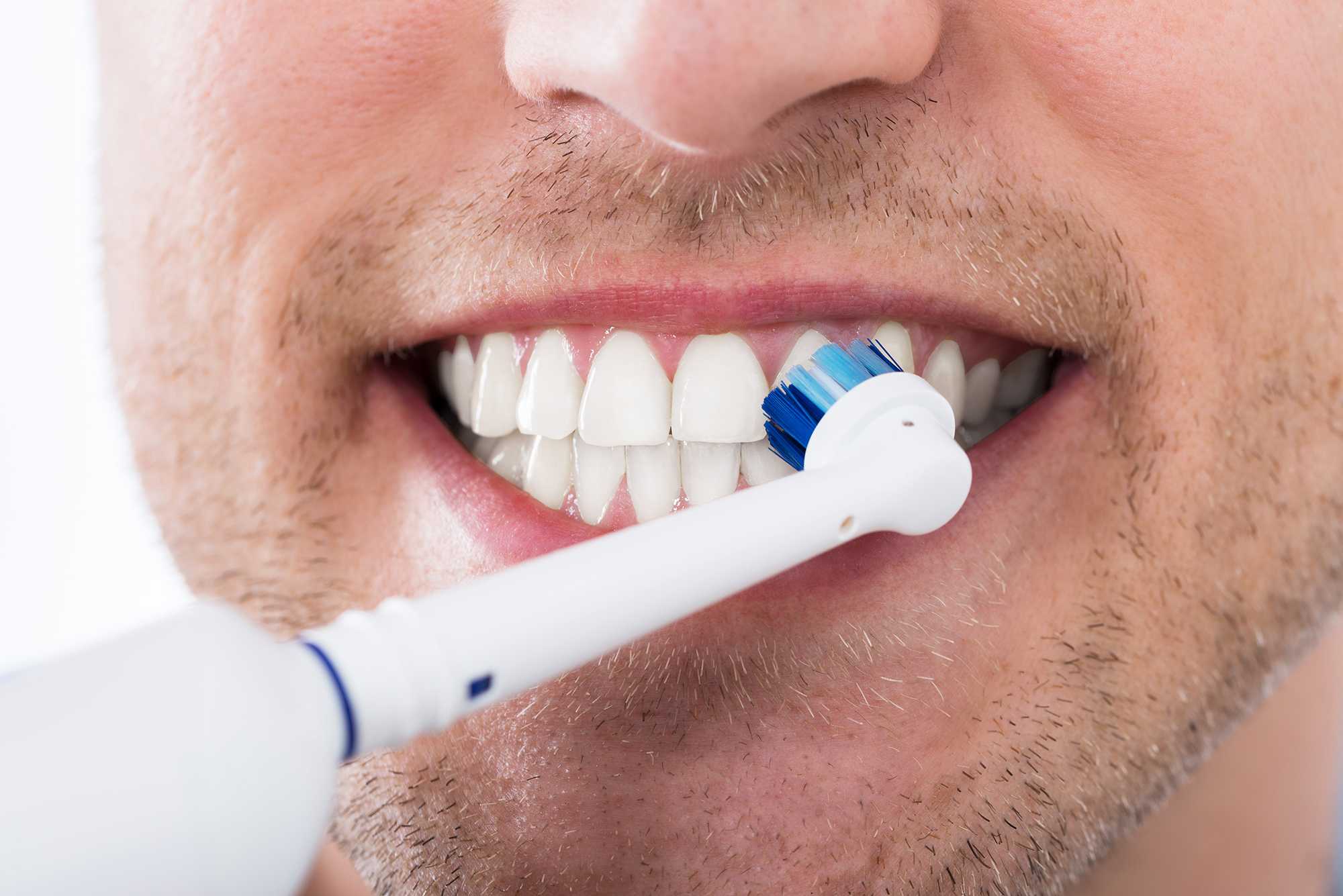
Are electric toothbrushes better than manual toothbrushes?
Brushing your teeth twice a day using fluoride toothpaste is part of a good oral hygiene routine. But should you upgrade your manual toothbrush to an electric toothbrush for a better clean?[1]
Multiple studies have demonstrated that both types of toothbrushes can be effective at removing plaque and leftover food, as long as they’re used properly.[1] However, your dentist may recommend switching to an electric toothbrush if they think you could find it easier to use.[2]
Why choose an electric toothbrush?
Electric toothbrushes have powered rotation that helps to clean tooth surfaces without the user having to move the brush back and forth, although it still needs to be moved around the mouth to make sure all teeth surfaces are cleaned. This can make teeth brushing easier, especially for people who have conditions such as arthritis that limit their movement or dexterity.[2]
Electric toothbrushes are not suitable for very young children, but children who are learning to brush their teeth by themselves could find these devices easier to use than a standard brush. Features such as timers, lights and sounds can also make toothbrushing more appealing to kids and encourage them to brush for the recommended two minutes each time.[2]
If you have sensitive teeth or gums, or your dentist tells you that you’re brushing your teeth too hard, you could look for an electric toothbrush with a range of speed settings or warning lights that alert the user when too much force is being used.[2]
Why choose a manual toothbrush?
Regular toothbrushes lack the advanced features of electric models, but some people prefer how they feel and the more precise control they offer over speed and intensity. As long as you follow your dentist’s advice and make sure you brush all surfaces of your teeth and your tongue, you can get the same quality of clean with a manual or electric toothbrush.[2]
These simpler brushes also have the advantage of being cheaper to buy and smaller and lighter in size, which makes them easier to carry around. Children who are brushing their teeth for the first time should begin with a manual brush and only upgrade to an electric toothbrush if their dentist thinks they could benefit.[2]
How to brush your teeth correctly
Brushing your teeth is important for removing leftover food and plaque that may have built up on your teeth, which can cause tooth decay or other problems if it’s allowed to remain. Whether you prefer to use a manual or electric toothbrush, dentists recommend that you: [2][3]
- brush twice a day, ideally at morning and night
- don’t brush within 1 hour of eating or drinking, as your teeth may still be vulnerable to damage
- brush for 2 minutes, spending 30 seconds on each of the 4 areas of your mouth
- use fluoride toothpaste (low-fluoride toothpaste for children)
- brush using gentle circular motions
- make sure you brush the outside, inside and chewing surface of every tooth
- brush your tongue to remove bacteria and help freshen your breath
- follow up by flossing between your teeth once a day to remove trapped food and plaque
You should replace a manual toothbrush or swap electric toothbrush heads every three months.[2]
See a dentist in Geraldton
If you want to speak to a dentist for oral health advice or it’s time for your regular check-up, get in touch with our friendly team at Chapman Road Dental Clinic.
Call us on 0899643577 or book an appointment online. Ask your health insurance provider about rebate information and what you’re entitled to claim for treatments.
References
[1] Healthdirect. Teeth cleaning [Online] 2016 [Accessed August 2018] Available from: https://www.healthdirect.gov.au/teeth-cleaning
[2] Australian Society of Orthodontists. Electric or manual toothbrush? [Online] 2017 [Accessed August 2018] Available from: https://www.aso.org.au/electric-or-manual-toothbrush
[3] Healthdirect. Dental care [Online] 2017 [Accessed August 2018] Available from: https://www.healthdirect.gov.au/dental-care